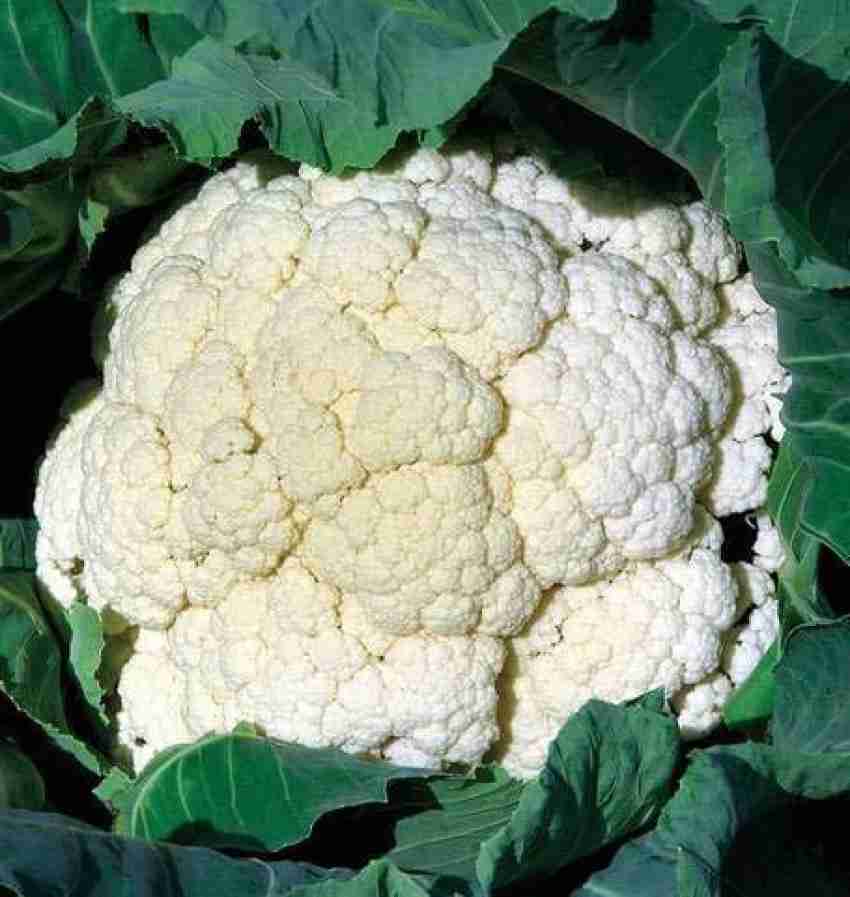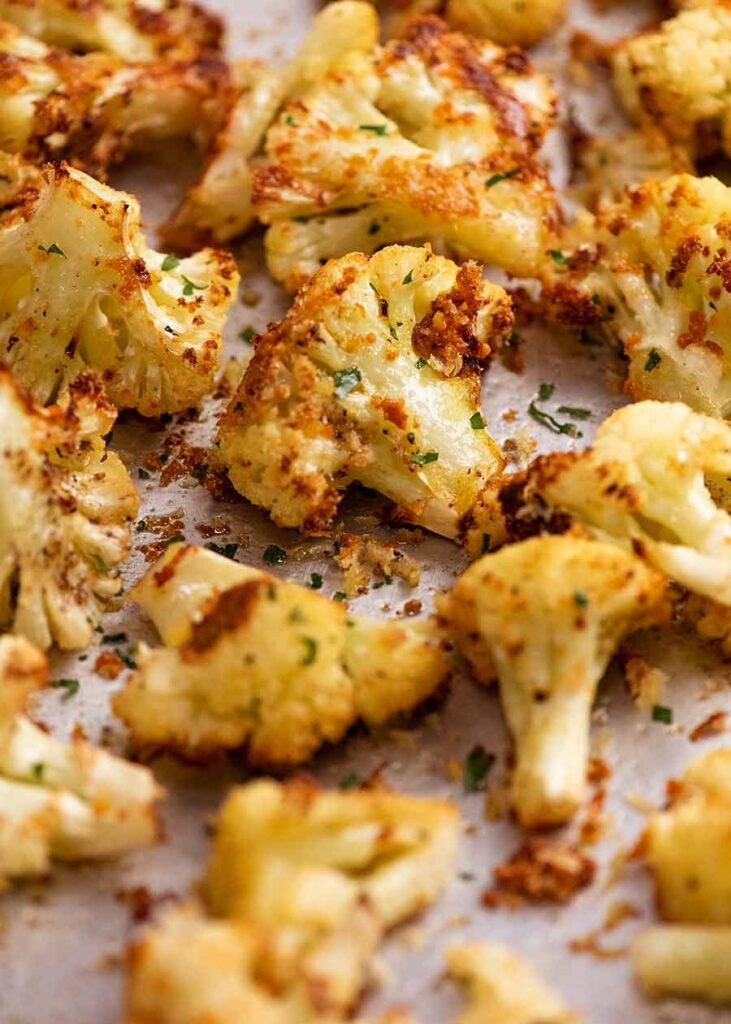Welcome:
Cauliflower (Gobi) is an intriguing vegetable with a storied past and a multitude of applications. Below is an in-depth look at everything about cauliflower, from its beginnings to its contemporary significance.
Origins and Historical Background:
Origins of Antiquity:
Cauliflower is thought to have originated in the Mediterranean. Tracing its history back to the wild cabbage, Brassica oleracea, a plant native to coastal southern and western Europe, it was selectively bred over centuries to develop the white heads we know today.
Initial Cultivation:
The earliest recorded evidence of cauliflower cultivation dates to the 6th century B.C. in the Mediterranean. Widely grown in the Roman Empire, it was prized for its nutritional value and culinary versatility.
Globally Distributed:
Cauliflower spread across Europe and Asia via trade routes. By the 12th century, it was cultivated in the Arab world, especially in the eastern Mediterranean. The Moors introduced it to Spain in the same century, and it subsequently spread throughout Europe.
Discovering India:
Cauliflower was introduced to India during the British colonial era in the 19th century. Over time, it has become a staple in Indian cuisine, where it is popularly known as “Gobi.”

Botanical Details:
Botanical Name:
The scientific name for cauliflower is Brassica oleracea var. botrytis. It is part of the Brassicaceae family, which also includes cruciferous vegetables such as broccoli, cabbage, kale, and Brussels sprouts.
Structure of Plants:
Cauliflower is an annual plant known for its large, edible flower head made up of tightly packed white florets. The part we eat is an immature flower, which would produce seeds if left to mature.
Types:
Cauliflower is available in multiple varieties beyond the typical white type:
Orange Cauliflower: Packed with beta-carotene, it offers a subtly sweet taste.
Purple Cauliflower: Rich in anthocyanins, giving it a striking hue.
Green Cauliflower (Romanesco): Recognizable by its fractal patterns, it offers a nutty taste.

Nutrition Facts:
Calorie-Conscious:
Cauliflower is a low-calorie food, perfect for weight management. A one-cup serving (approximately 100 grams) contains just 25 calories.
Abundant in Essential Vitamins and Minerals:
Vitamin C: Crucial for immune support and maintaining healthy skin
Vitamin K: Essential for blood clotting and maintaining bone health.
Folate (Vitamin B9): Essential for cell division and DNA production.
Choline: Promotes brain health and aids in preventing liver disease
Fiber: Supports digestion and enhances gut health
Antioxidants:
Cauliflower is rich in antioxidants such as glucosinolates and isothiocyanates, which help reduce inflammation and protect against chronic diseases, including cancer.
Gastronomic Applications:
Classic Cuisine:
In Indian cuisine, cauliflower is essential in dishes such as Aloo Gobi (potatoes and cauliflower) and Gobi Masala. It is frequently featured in stir-fries, curries, and as a stuffing for parathas.
Cutting-Edge Innovations:
Cauliflower Rice: A low-carb substitute for traditional rice, created by grating or processing cauliflower into tiny granules.
Cauliflower Pizza Crust: A gluten-free alternative made from a cauliflower base
Cauliflower Mash: A nutritious substitute for mashed potatoes, offering a smooth texture with reduced carbs.
Roasted Cauliflower: A favorite in many culinary traditions, seasoned and roasted to bring out its rich, natural flavors.

Applications in Raw Form:
Cauliflower can be enjoyed raw in salads, contributing a satisfying crunch. It’s also a popular choice for vegetable platters with dips.
Advantages for Well-being:
Preventing Cancer:
The glucosinolates in cauliflower transform into isothiocyanates, compounds known to inhibit cancer cell growth.
Cardiovascular Wellness:
The high fiber content in cauliflower aids in reducing cholesterol levels and enhancing heart health.
Gut Health:
Cauliflower’s fiber supports healthy digestion and helps prevent constipation.
Weight Control:
Cauliflower is an excellent choice for weight management due to its low-calorie and high-fiber content.
Cultural Importance:
Religious and Cultural Celebrations:
In numerous cultures, cauliflower features prominently in special dishes during religious festivals and family gatherings. In India, for instance, cauliflower is frequently prepared during the winter months when it is in season.
Symbolism:
In various cultures, cauliflower symbolizes purity and simplicity, attributed to its white hue and modest characteristics.
Significance in Economy and Agriculture:
Worldwide Manufacturing:
China and India lead global cauliflower production, contributing nearly 75% of the world’s supply. The vegetable is also extensively cultivated in Europe, the United States, and other regions of Asia.
Sustainability:
Cauliflower is a sustainable crop because it requires less water and fertilizer than many other vegetables. Often grown in rotation with other crops, it helps maintain soil health.
Contemporary Significance:
Dietary Popularity:
With the growing trend of low-carb and gluten-free diets, cauliflower has surged in popularity as a replacement for grains and starchy vegetables.
Culinary Trends:
Cauliflower has emerged as a culinary trendsetter, finding innovative applications in diverse dishes and serving as a popular substitute for high-carb ingredients.
Obstacles and Concerns:
Pests and Diseases:
Cauliflower is prone to pests such as aphids and diseases like clubroot. Nonetheless, advancements in agricultural techniques have significantly reduced these challenges.
Ecological Footprint:
While cauliflower is typically viewed as eco-friendly, monoculture farming can deplete soil nutrients. Adopting crop rotation and organic farming methods is recommended to preserve soil health.
Interesting Tidbits:
Fractal Geometry:
The Romanesco cauliflower is frequently examined in mathematics for its fractal geometry, with each bud mirroring smaller buds in a self-similar pattern.
World Record:
The heaviest cauliflower on record tipped the scales at over 60 pounds and was cultivated by an Alaskan farmer.
